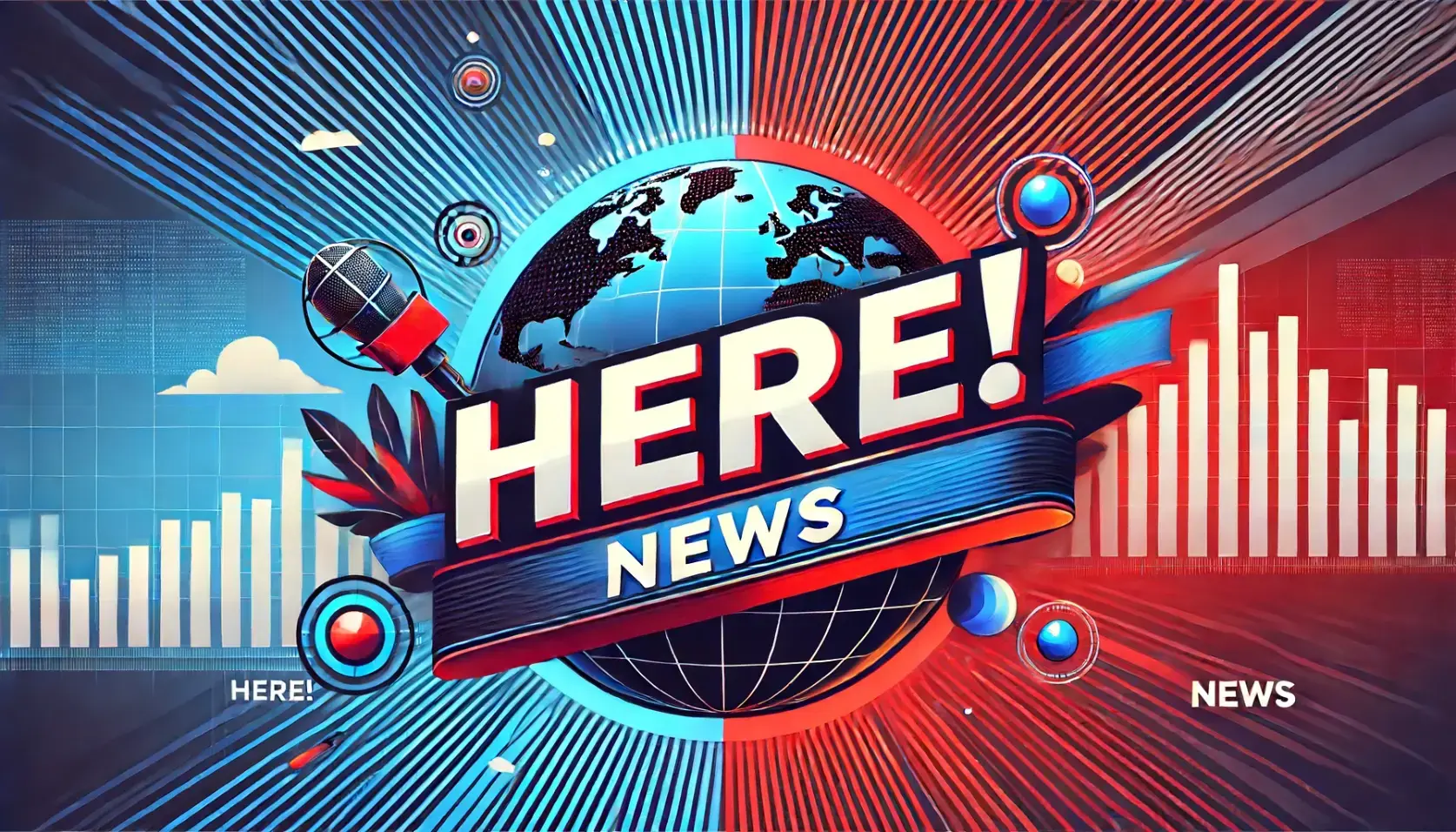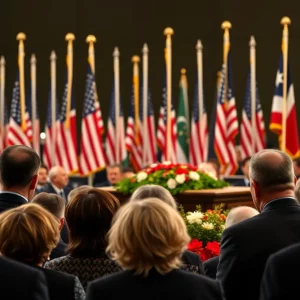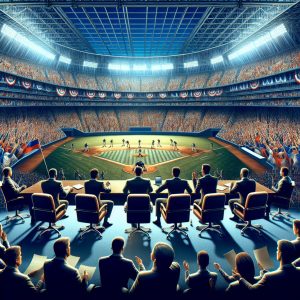The Chevron Deference and Its Overruling: What It Means
The Chevron deference, a decades-long legal precedent that has shaped the operations of federal agencies in the United States, has been overruled by the Supreme Court in a 6-3 vote. The decision is poised to have a significant impact on agencies such as the Environmental Protection Agency (EPA), resulting in far-reaching changes in their enforced regulations and the power they command.
Understanding the Chevron Deference
The Chevron deference, originating from a 1984 case involving the oil giant Chevron, held that federal agencies had the autonomy to interpret laws and decide the best ways to apply them. This principle granted agencies broad discretionary powers, allowing them to fill the ‘gaps’ in ambiguous laws passed by Congress. This ensured agencies like the EPA were able to create and implement rules without the constant fear of protracted legal battles, thus making their operations more efficient.
The Turning Point
The case that sparked the seismic shift involved herring fishermen and a 2020 rule change by the Trump Administration. Now required to cover the cost of taking federal monitors on fishing trips — a service they had previously accessed for free — two commercial fishing companies, backed by conservative and corporate interests, decided to sue. Eventually, the verdict from one federal judge upheld the change under the justification of the Chevron deference.
The Winners and Losers in the Chevron Overruling
This decision represents a landmark victory for conservatives, who for decades have been working to overturn the precedent viewing it as excessively expanding the powers of federal bureaucracy. Businesses and conservative groups arguing against extensive regulations finally won their long battle. On the other hand, this ruling can be seen as a setback for the Biden administration, various advocacy groups, and progressives who anticipate negative impacts on public health, worker safety, clean water, and other areas reliant on federal help.
The Future Implication of the Ruling
While not influencing past agency regulations and actions, this ruling reshapes the future by inviting more litigation against regulatory moves by federal agencies. This could potentially halt the implementation of future rules, requirements, and penalties. In response, Congress may attempt to write more explicit instructions into laws, dictating exactly how agencies should implement them.
However, this has sparked skepticism among some law experts due to what they perceive as a dysfunctional Congress. They believe this could lead to policy paralysis, with Philip Bobbitt, a constitutional law expert at Columbia Law School, arguing that this decision “seems to defy the realities of gridlock in the Congress as it’s actually operating today.”
The Domino Effect
With such a landmark decision, its effects will be far-reaching. The overruling of the Chevron deference not only impacts the operations of federal agencies and the implementation of future laws but also shifts the balance of power and influence among the branches of government, the federal bureaucracy, and private businesses. As such, its ripple effects across American society and politics will likely be felt for many years to come.







